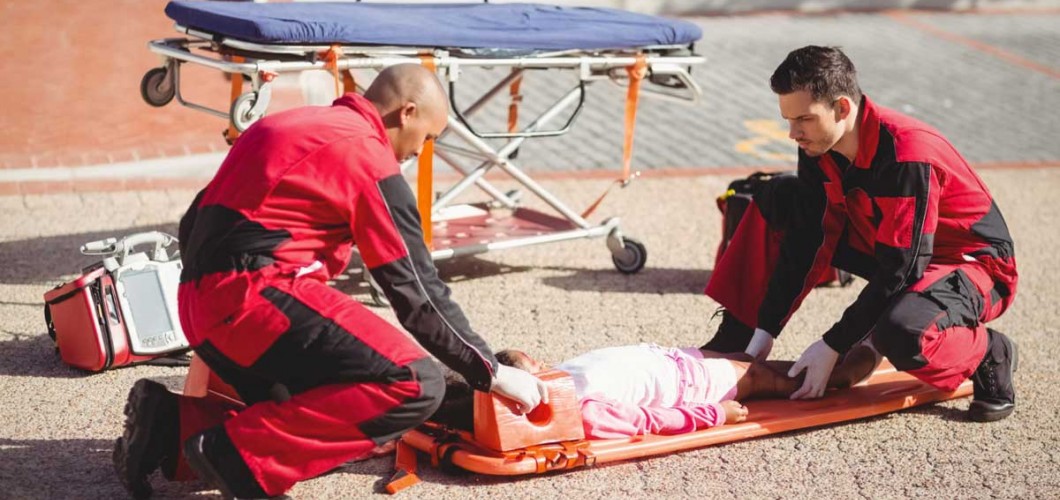
Where to Take First Aid Training? The Certification Process
First aid training lays the foundation for saving lives. In emergency situations, knowing how to intervene properly not only enhances personal safety but also accelerates the recovery process of the injured. Many people lack sufficient knowledge and skills in this area, which is why attending a first aid course is a crucial step. So, where can you take first aid training, and how does the certification process work? In this article, we will provide detailed information about where you can take first aid training, the training process, and certification.
1. Where Can You Take First Aid Training?
There are various institutions and organizations where you can receive first aid training. These institutions provide courses that ensure participants can effectively intervene during emergencies.
A. The Red Crescent and Other Official Institutions:
In Turkey, one of the most common places to receive first aid training is the Turkish Red Crescent (Kızılay). The Red Crescent, one of the largest humanitarian and health organizations in Turkey, regularly organizes first aid courses. These courses typically take place over a weekend or a few days and issue certificates to participants upon completion.
B. Ministry of Health Approved Training Institutions:
The Ministry of Health oversees and approves first aid training in Turkey. Courses offered by Ministry-approved training centers are conducted professionally and certified. These courses are usually taught by healthcare professionals and follow a specific curriculum.
C. Municipalities and Private Training Institutions:
Many municipalities organize first aid courses for their citizens. Especially in larger cities, municipalities offer free or low-cost first aid training. Additionally, private health organizations and training centers also provide first aid courses. These institutions generally offer more flexible training hours and in-depth content.
D. Online Courses:
With technological advancements, online training options have also become popular. Some Ministry-approved platforms offer first aid training online. These courses generally include video lessons, interactive content, and tests. The advantage of online training is that individuals can learn at their own pace.
2. What Does First Aid Training Include?
First aid training primarily aims to equip participants with the knowledge and skills necessary to intervene effectively during emergencies. The content of the training follows a specific curriculum and standards. The main topics covered in first aid training include:
A. Basic Life Support (CPR):
In cases of cardiac arrest, drowning, or fainting, proper CPR (cardiopulmonary resuscitation) techniques can save lives. The first part of the training focuses on CPR methods and their proper application.
B. Bleeding and Wound Management:
First aid for controlling bleeding, cleaning open wounds, and applying dressings and bandages are essential skills taught in the training. Participants learn how to stop bleeding, stabilize fractures, and manage other injuries effectively.
C. Shock and Fainting:
Shock is a common condition during emergencies, and it can have serious effects on the body’s vital functions. This section covers the signs of shock and how to help someone who is experiencing shock.
D. Burns and Other Emergencies:
First aid for burns, electrical shocks, poisoning, and other special cases is also covered in the training.
E. Communication and Psychological Support in First Aid:
First aid isn’t only about physical interventions; it also includes psychological support. Keeping the victim calm, preventing panic, and comforting them until professional help arrives is a vital part of the training.
3. The First Aid Certification Process
After completing first aid training, you will receive a certification that officially demonstrates your ability to perform basic first aid. The certification process typically follows these steps:
A. Participation in the Course:
The first step is to attend and complete the course. The duration of the course typically ranges from 1 to 2 days and includes both theoretical and practical lessons. At the end of the course, participants are required to pass an exam.
B. Exam and Evaluation:
First aid courses typically include both written and practical exams to assess the participant’s understanding of the material. A passing grade of around 70% is usually required to obtain the certificate.
C. Issuance of Certificate:
Participants who pass the exam are issued a first aid certificate approved by the Ministry of Health. This certificate is typically valid for 3 years and may need to be renewed after that.
D. Certificate Renewal:
First aid certificates are generally valid for a certain period, usually 3 years, after which they must be renewed. Renewal can typically be done through a shorter refresher course.
4. The Importance of First Aid Training
Taking first aid training not only provides you with the skills to respond during emergencies but also offers the opportunity to save lives. First aid knowledge is essential in crowded places, workplaces, schools, sports areas, and at home. Additionally, it is particularly important in environments with children, the elderly, or people with disabilities.
First aid training also increases personal safety and strengthens community responsibility. Having more people trained in first aid ensures that prompt and effective interventions can take place during emergencies.
Conclusion
Taking first aid training is an important step in ensuring safety in a community. In the event of earthquakes, accidents, health issues, and other emergencies, knowing how to intervene correctly can save lives. Therefore, first aid training is a skill that everyone should learn. There are many options available for taking this training. The certification process, once you complete the training, involves obtaining an official document confirming your competence to intervene during emergencies.

Leave a Comment